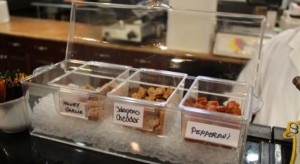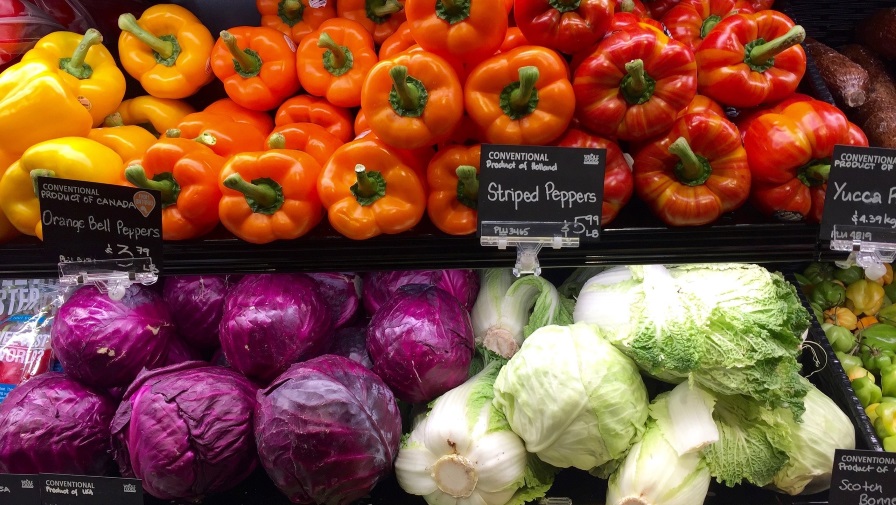Do Food Samples Boost Sales Or Just Feed Freeloaders?

Turkey samples at J.D. Farm in British Columbia
Free samples are an age-old marketing strategy, especially when it comes to food. But I’ve heard enough conversations among farm marketers the past few months to know there are many skeptics of the practice in our industry.
Luckily, there have been many, many studies of how free samples impact (or don’t impact) sales. And the consensus is that samples not only help sales, they boost them significantly.
Here are a few highlights of past research and articles:
The Atlantic
This article is a great starting point, since it summarizes the research that has been done. It also uses Costco, famous for its free weekend samples, as lens to examine the practice.
Arizona State University
Another article, this one based on the research conducted by the school. It spends more time looking at adverse effects of free samples. It tests to see if customers can get too full to want to buy at the levels they might have otherwise.
“Our research suggests that sampling drives people to want more of anything that’s rewarding,” says Stephen Nowlis, a marketing professor at Arizona State’s MBA school. “And that’s the managerial implication. These sample tables can help not just manufacturers, but retailers as well. Retailers could benefit because customers who try samples seem to want to have a lot more stuff, as opposed to just more of what they sampled. They want all kinds of things.”
New York University and Baruch College
[It costs $30 for a 2-day full access to the research]
This time around, researchers looked into three effects they thought samples might have on buying behavior:
- An acceleration effect. Consumers start buying the sampled product on a regular basis earlier than they might otherwise do.
- A cannibalization effect. Because shoppers have already consumed some of the product, they won’t pay for the chance to trial it as they would if the sample wasn’t there.
- An expansion effect. Free samples induce consumers to buy the brand when they wouldn’t have otherwise done so.
Again, the results showed free samples help sales.
“The empirical findings suggest that, unlike other consumer promotions such as coupons, free samples can produce measurable long-term effects on sales that can be observed as much as 12 months after the promotion. The data also show that the effectiveness of free sample promotions can vary widely, even between brands in the same product category,” the report states.
University of Virginia, Washington University, Ekonomski Institut, Virginia Polytechnic Institute and State University
What motivates people to take free samples? And do those motivations have an impact on how they purchase?
This research looks into three groups of samplers:
- The Information Seekers (sample to see what it taste like, if it’s better or worse than the usual purchase)
- The Party Goers (sample for hedonistic reasons — they love to eat)
- Opportunists (want to take advantage of free stuff)
If you asked most retailers which of these three they want to take free samples, I imagine most would say the Information Seekers. This study shows that not only are Party Goers 70% of all samplers, they are also the group most likely to buy after sampling.
” We also find that the basket size (in dollar value) is statistically greater for PG than for the other two segments,” the researchers say in their report. “This is good news for the retailer who, given the size of the PG segment, should expect to see an increase in store sales on the days that free samples are presented in their stores. However, we find that the long-term repeat purchase rate for the brand sampled only increases for IS who not only sampled the product, but bought it as well.”
Massey University
This older study (from 1990) is still work looking over. It has several tables that show how much purchases increased in sales during the sampling week, then if that halo effect was in place four weeks later. The increase in sales for the sampled products during the week of samples was significant — six times the norm for the highest ranking sampled product, but still 1.7 times the norm for the weakest. And four weeks later, the results were still above average, although it was considerably lower.
King Saud University
This one takes a different look at free samples. Does gender, age or income play a role on how people purchase products they’ve sampled for free?









